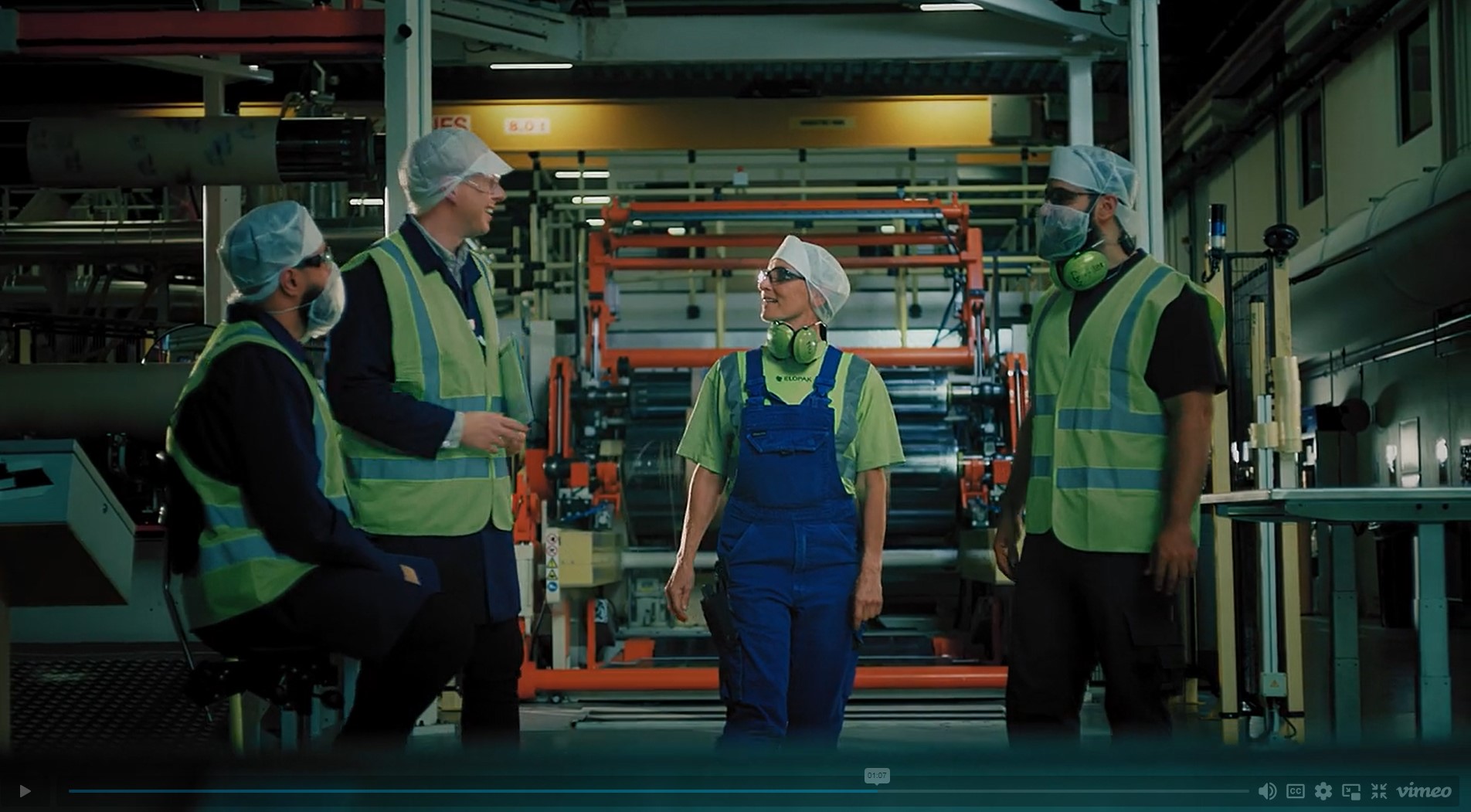Methodology – People

Our employee data is provided by corporate HR on an aggregated level. In 2022, the number of employees in the Elopak Group is 1998 (directly remunerated by Elopak).
The majority of Elopak’s employees are employed in the Netherlands (483), Denmark (313), Canada (282), Germany (261), Norway (169) and Ukraine (148). Data is grouped into Europe, Americas and MENA (Middle East and North Africa).
There are two types of temporary workers in Elopak. Some are hired on a temporary contract; others are hired through agencies. At the end of 2022 there were 76 temporary workers from agencies registered (these are not listed in the data tables). Elopak does not have any major seasonal variations in its workforce.
In 2022 Elopak purchased 100% of the shares in Naturepak Beverage, with local production facilities in Morocco and Saudi Arabia. Our employee data for 2022 are including data from the new plants. Our employee data is not including the new subsidiary in India, as this site is not included in our HR master data system.
Elopak considers the following levels of management in the organization:
- Top management – The group leadership team (GLT)
- Level/tier 2 management – anyone reporting to a member of the group leadership team
- Other line management – anyone with responsibility for one or more employees at various levels in the organization (e.g. plant managers)

Safety
Elopak uses the high-level KPI Total Recordable Injury rate, TRI. The TRI Rate refers to the number of recordable injuries occurred per 1 million hours worked.
A recordable injury is a separate, identifiable, unintended incident, which occurs as a direct result of work, causes physical injury, and for which corrective action can normally be identified. This includes deaths, permanent disabilities, Lost Time Injuries, Restricted Work Case injuries, and Medical Treatment Case injuries, where treatment from a medical professional is required.
Resources other than employees are not systematically tracked by hours worked. Recordable injuries for this group are anyhow managed the same way. Most incident data is compiled through scattered channels, while a part is collected through the new group safety reporting system. Risk management is performed based on a group aligned method similar to normal industry practice.
Employee life cycle
The number of employees who have completed performance dialogues are registered as per March 1st 2023, due to the cycle of this process (1st Dec – 1st March for the performance of the previous year).
Training hours are accounted only for people who are remunerated by Elopak, and only for training which is registered in our global HR platform. Our operations around the world conduct several regional and local training activities, including mandatory training for production workers which is being closely monitored locally. In addition, we run regular nano-learnings on various topics, e.g. IT security to all employees. The calculations for the Code of Conduct training excludes employees on long term absence.
We have changed our reporting tool for turnover calculations with improved statistics on reasons for leaving.
Employee Net Promoter Score (eNPS)
eNPS is a way of measuring how your employees feel about your company. It’s based on Net Promoter Score, a measurement of customer loyalty that was pioneered by Bain & Company and Fred Reichheld to measure customer experience.
You run an eNPS survey by asking someone one simple question: ‘On a scale of 0-10, how likely are you to recommend this company’s products and services to others?’ Some companies like to be more specific and ask would you recommend it to ‘a friend or family member’.
If they answer 9-10, they’re a promoter; if they answer 0-6 they’re a detractor. You calculate employee net promoter scores by deducting % of detractors from your % of promoters. You ignore those who score 7-8, otherwise known as your ‘passives’. This 11-point scale aligns to the classic customer NPS, and also offers more variance by looking at Promoters-Passives- Detractors. If you only use 5 points, it changes the distribution and categorization of respondents and can inflate results artificially at both ends.
(Source: Qualtrics)
Responsible supply chain
Elopak defines key suppliers based on their business criticality and spend level. These are currently direct Suppliers providing raw material to our cartons and secondary packaging, as well as indirect suppliers mainly related to Logistics & Transport as well as Plant Investments. Supplier selection for the in-depth assessments considers both suppliers business criticality, country of origin as well as activity/industry.
When we refer to “% of suppliers by spend” in the KPIs, this means suppliers accounting for a certain % of the total spend for the reporting year (in this case 2022).
Local suppliers are defined as sourced within the same country as the location of an Elopak plant/site.
We use the Ecovadis assessment program to quantify suppliers being assessed for social and environmental impacts.
